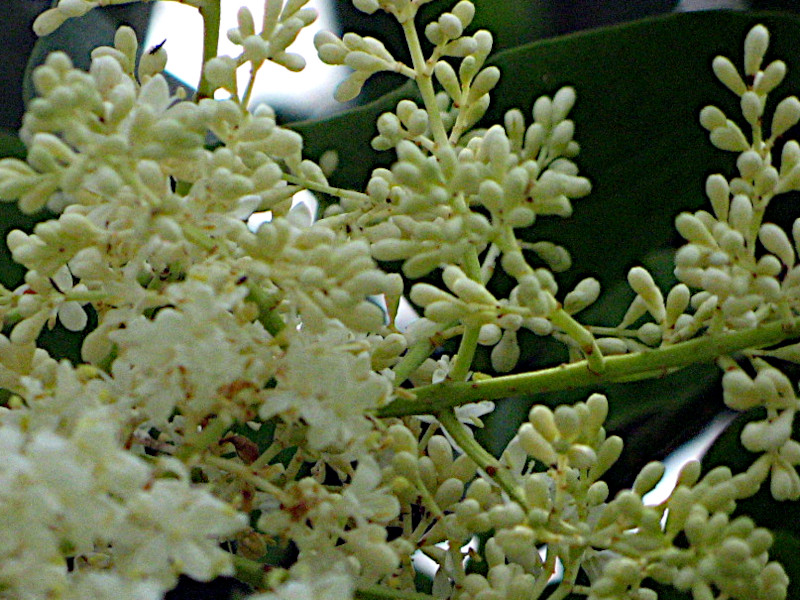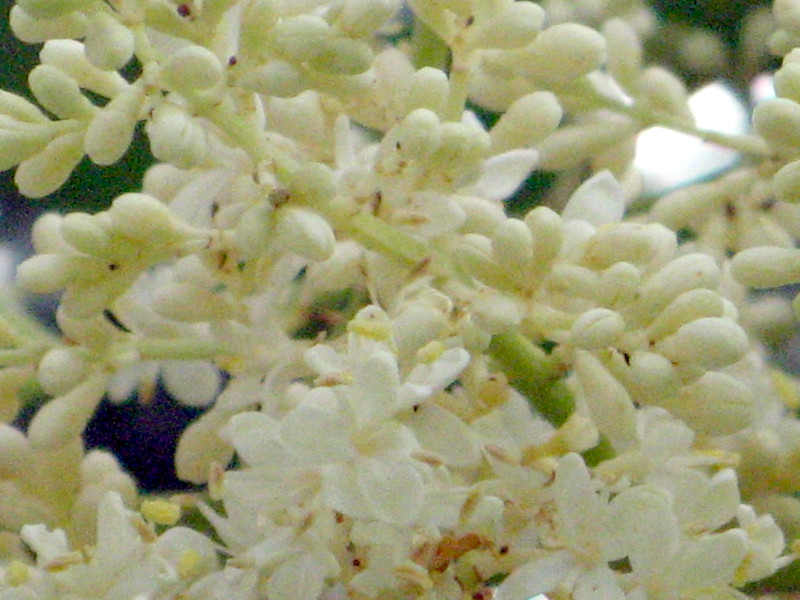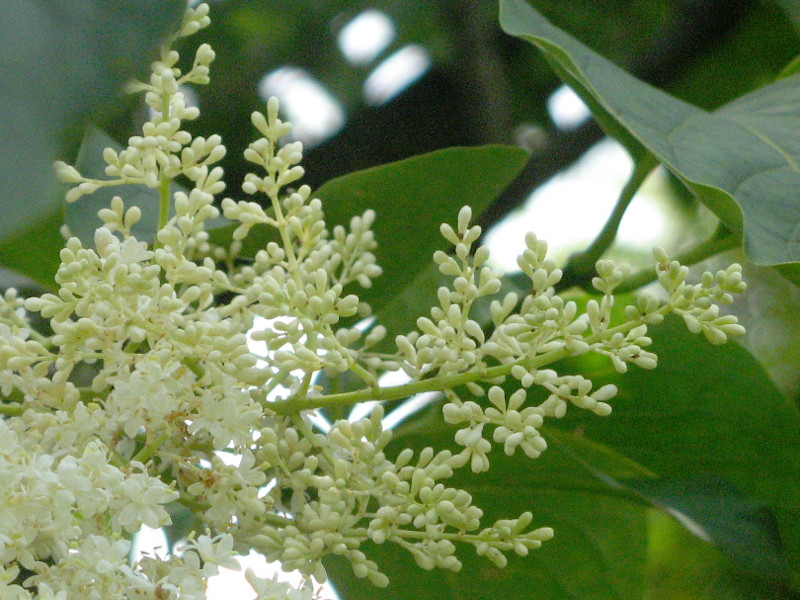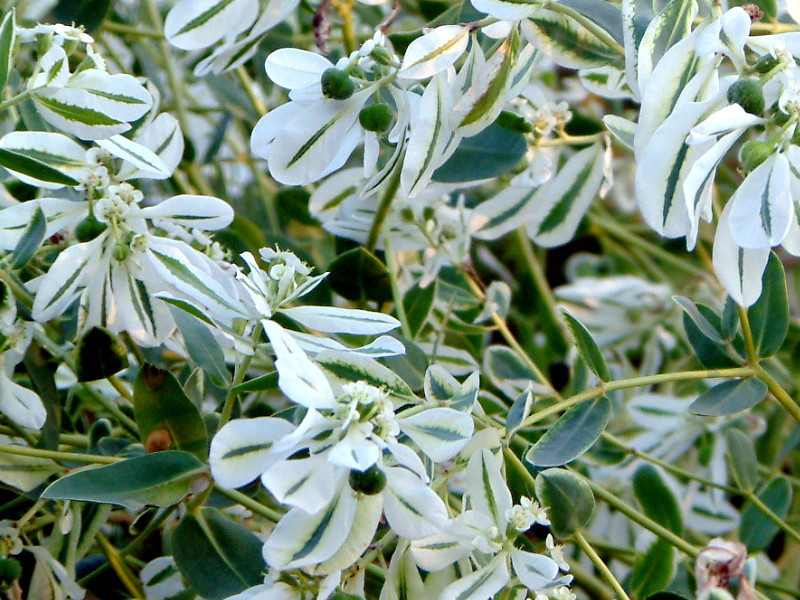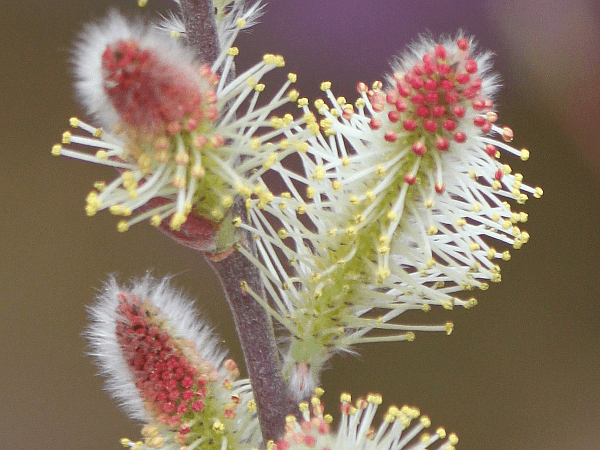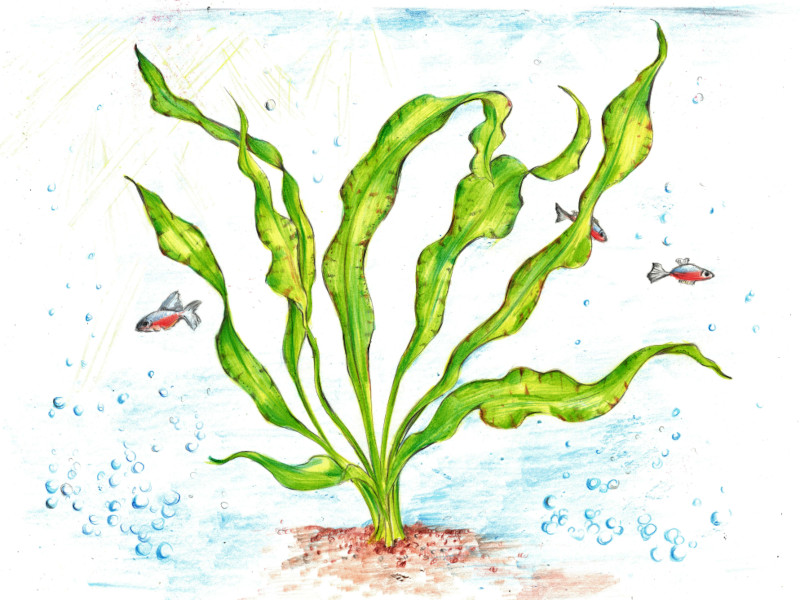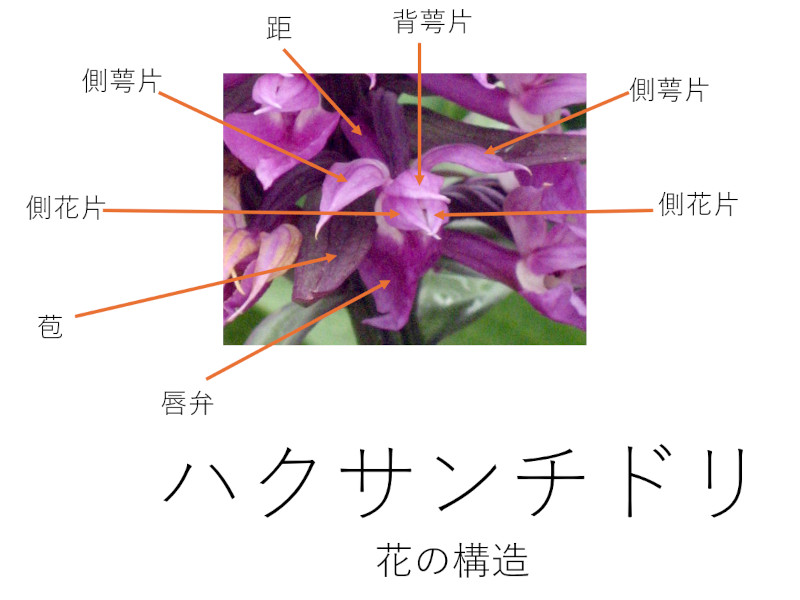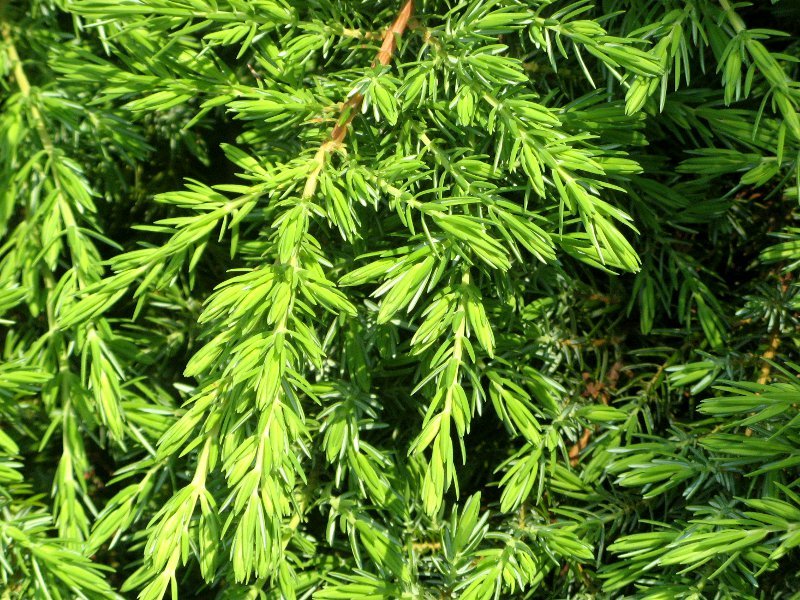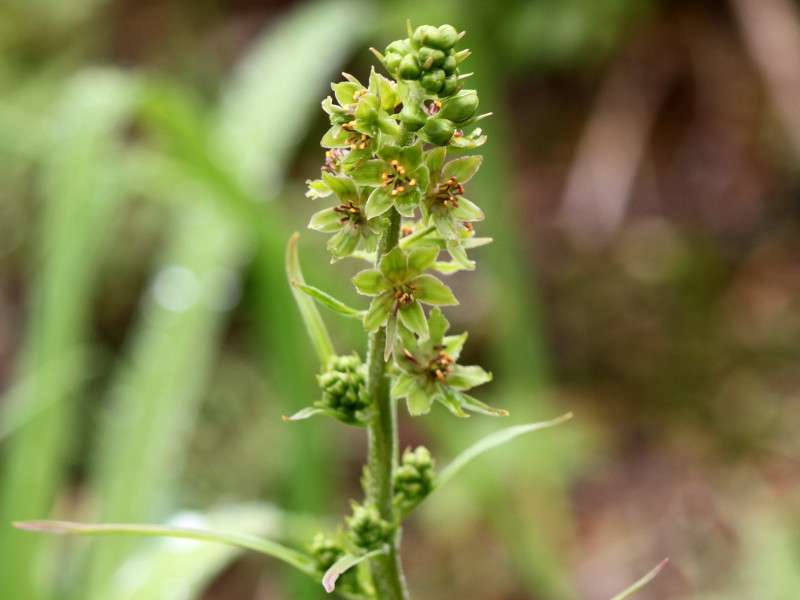Syringa reticulata
- Flower nameSyringa reticulata
- Scientific nameSyringa reticulata
- AliasSyringa reticulata, Hashidoi, Japanese tree lilac, ドスナラ, 癩楢
- Place of originEast Asian
- Place of floweringHokkaido, Park, Streets, Planting
- Flowering seasonJune, July
What is Syringa reticulata
Syringa reticulata ,Japanese tree lilac or Hashidoi (scientific name: Syringa reticulata) is a cold-resistant deciduous tree from the East Asian region of Japan, the Korean peninsula, China, etc. It grows naturally in mountains. Called Japanese lilac, it blooms more than a month later than lilac, and its tree height is considerably larger than lilac. It is designated as a tree in Sapporo city. In early summer, a large conical inflorescence drows out from the tip of the stem and many fragrant small white flowers bloom. The florets are cylindrical and split into four at the tip. The stamens and pistils protrude from the petals.
Common name: Syringa reticulata , scientific name: Syringa reticulata, aka: Japanese tree lilac, Hashidoi, life type: Deciduous broad-leaved tall tree, tree height: 12-15 m, leaf shape: broad egg shape with pointed tip, leaf length: 4-8 cm, inflorescence: antibiotic, petiole: yes, leaf quality: glossy, smooth, Hard, inflorescence shape: conical inflorescence, inflorescence length: 15-25 cm, flowering period: June-July, flower diameter: 0.3-0.6 cm, flower color: white, corolla shape: tubular, 4 tip cracks, fruit type: capsules, features: strong fragrance sweet to flowers, uses: street trees, park trees.

